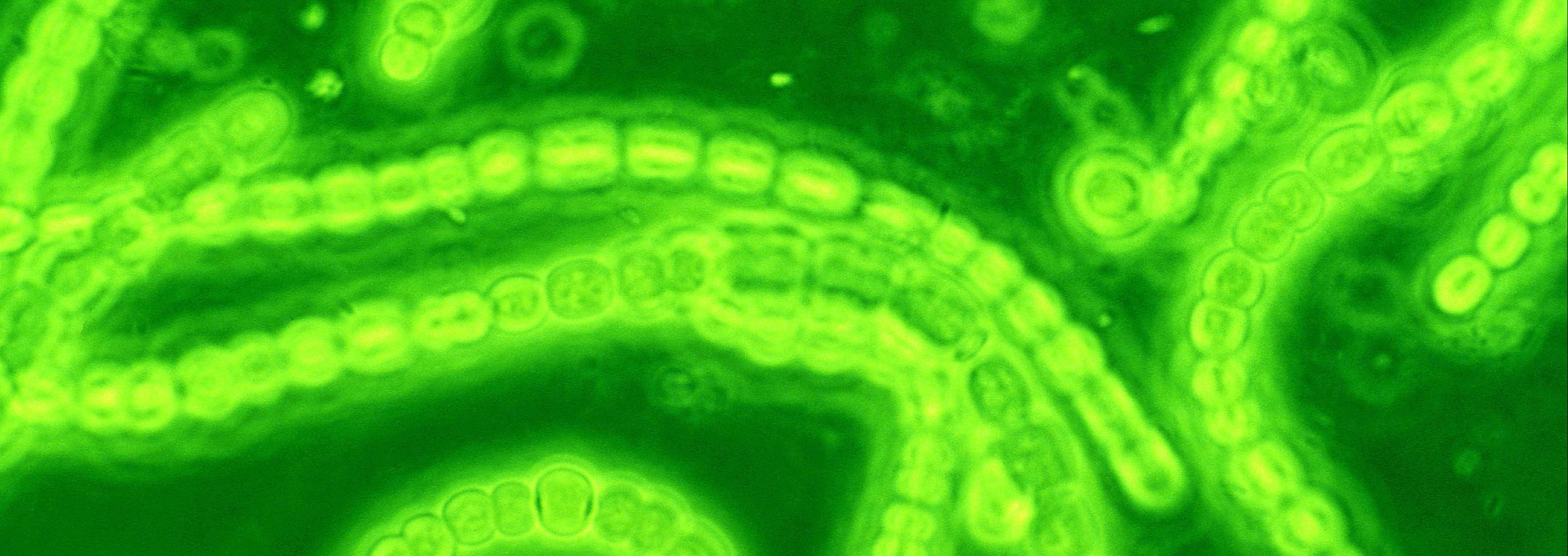Engineering a Mobile Exo-Symbiont for Crop Improvement

Feather-mosses in ecosystems from pole to pole establish a relationship with nitrogen fixing cyanobacteria. The mosses are known to excrete an unknown hormone that induces attraction in the cyanobacteria, who colonize the moss. In collaboration with Stockholm University, the DOE funded Joint Genome Institute, and Lawrence Livermore National Laboratory, we have been examining this relationship using genomics, transcriptomics, proteomics, and NanoSIMS.
This has established that mosses and cyanobacteria indeed form a symbiosis with two-way material exchange, but also raised interesting possibilities at engineering a mobile exo-symbiont for crop improvement. We are currently examining the evolutionary history of this symbiosis, the host specific transcriptomic and proteomic responses to symbiosis, the functional role of several cyanobacterial genes, and the regulation of cyanobacterial cellular differentiation.
Funding
This work is funded through the National Science Foundation and the Department of Energy Joint Genome Institute, while leveraging the Global Ocean Sampling expedition data.